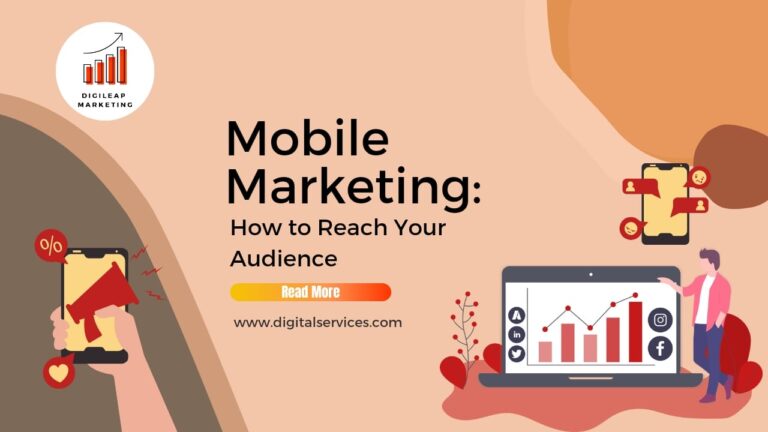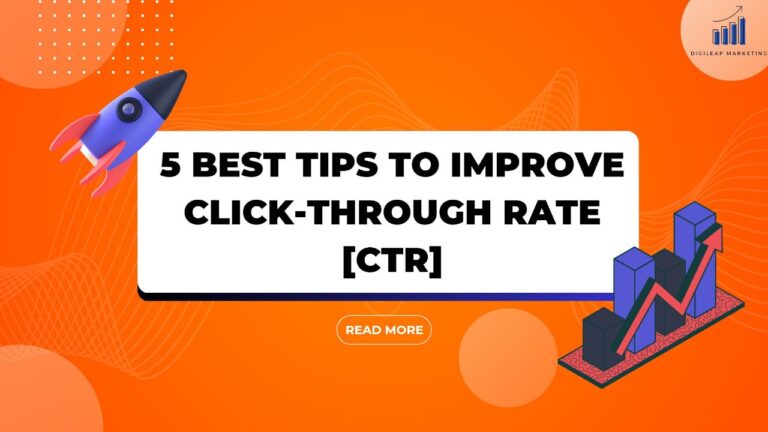Key to success with amazon advertising
Your e-commerce digital marketing strategy should include Amazon. With more brands selling their products on Amazon, the retail giant has clearly become one of the potential ways to acquire a new audience. Experimenting with different brand-specific opportunities, as well as experimenting with different ad types and targeting options, is essential. As the marketplace becomes more competitive, the use of an advertising strategy to connect with your customers becomes increasingly important. The incorrect approach will frequently cost you time, effort, and money. To avoid these, we are here with some of the most effective ways to succeed in amazon advertising. Starting with Amazon Advertising (formerly known as Amazon Media Group, Amazon Marketing Services, and Amazon Ad Platform) may appear intimidating at first. However, if you have launched a website, paid ads, or are familiar with business social media, you’ll probably catch on quickly.
Customers are referred to your product pages by Amazon Advertising, and traffic to those pages plays a significant role in influencing your placement in search results. Your product page’s relationship with ad content is like the relationship between your website’s landing pages and the Google Ads that drive traffic to them. However, there is a significant difference: the variety of ad options and placement. Unlike Google or Bing search engine ads, your Amazon campaign can appear in recommendation emails, on-site product recommendations, and banner ads, in addition to keyword-inspired campaigns like Google Ads.
Here are some of the best ways to ace your amazon advertising game:
- Optimize your product pages: – Keep the following parameters in mind when optimising your product pages:
- The length of the product title should not exceed 200 characters. The title cannot include promotional phrases (such as “discount” or “free shipping”), but it must include product identifying information such as “running shoes” or “sneakers.”
- Images should be at least 1,600 pixels in height or width. You can include up to nine product images, including a main image, in your listing. Images must be descriptive and convey the product’s size. (Only registered brand owners can upload images and videos.)
- Key features – You have 1,000 characters to highlight five key features, so put the most important ones first.
- Product description – The maximum length for this section is 2,000 characters. Use short, clear sentences and be truthful about the product — overselling may result in unmet expectations and negative feedback. (Because the description isn’t indexed, using keywords isn’t necessary; instead, focus on relevant information such as special instructions or additional details.)
With organic optimization, it is critical to improve your user experience. A good user experience (spending more time on the product page, scrolling more, and being more likely to convert) can help you build your organic presence and page ranking.
2. Fill out the backend search term field: – Amazon’s own algorithm is used in the product listing’s backend to match user searches with the terms you have mentioned.
Make use of this feature by:
- Entering as many distinct keywords as possible into the field
- Keyword synonyms, abbreviations, and alternate names are all included.
- Not repeating keywords (for example, running shoes for women, warm running shoes) — the algorithm indexes each keyword, so repetition is unnecessary (e.g. running shoes women warm)
- To avoid wasting characters, exclude punctuation, brand name, and ASIN (Amazon Standard Identification Number).
3. Get familiar with the Buy Box Algorithm: – Unless your product is unique, it is likely that other Amazon sellers are selling similar items. Winning the Buy Box competition can help ensure that your product is the one that ends up in people’s carts. The Buy Box is the area to the right of the product that contains the “Add to Cart” button. When the customer clicks the button, your product is added to the shopping cart. According to Big Commerce, “only businesses with excellent seller metrics have a chance to win a piece of this valuable real estate.” Even if your pricing is higher than the competition’s, you can win the Buy Box if you have the right elements in place.
4. Conduct keyword research: – The research you put into appropriate keywords is critical to getting the desired results from Amazon Advertising. You can conduct manual research by entering keywords into Amazon’s search bar and watching for products that are like your own. Negative keywords can also be used. Examine your Search Term report for negative keywords to avoid irrelevant traffic and wasted clicks and spend. Amazon also lets you remove product listings from your ad campaigns. You can now prevent yourself from showing up with one of your own listings under “other items” and paying for those clicks.
5. Select a format: – When creating a campaign, you can select from the following major sponsored ad categories:
- Product display ads work by seeding your product as a recommended product or similar option with other products or keyword-related interest themes. Off-site remarketing display ads, like Google’s display ads, are also used (only available to brand-registered owners).
- Brand ads appear as banner ads in search results for specific keywords, like how Google Ads works.
- Product ads appear as promoted results relevant to the person’s search within the search results for selected keywords.
- Brands videos are a newer CPC ad type that auto-plays a video while also displaying an image, description, and link to the product below it.
These were top 5 tips to make your amazon advertising job fly. Using Amazon as a marketplace and order fulfilment hub is a fantastic opportunity for businesses of all sizes, but it is not a sure-fire way to wealth. To get the results you want, you will need a good strategy, determination, and a long-game mindset. Follow the steps outlined above to create Amazon ads that shoppers will notice.












